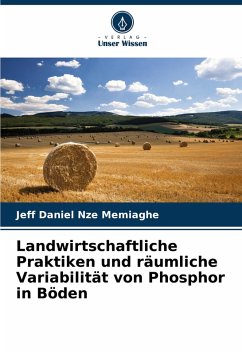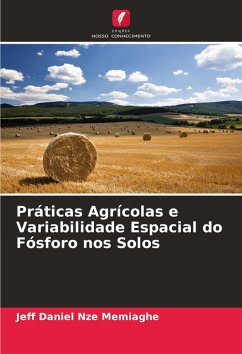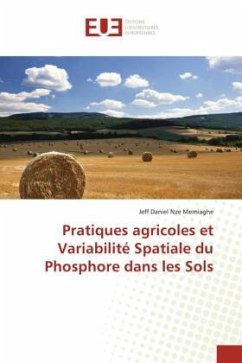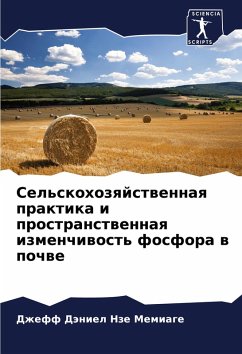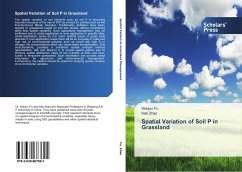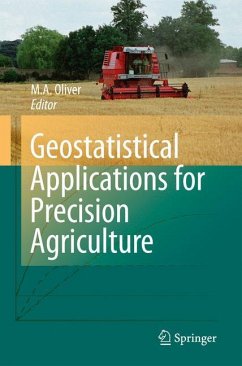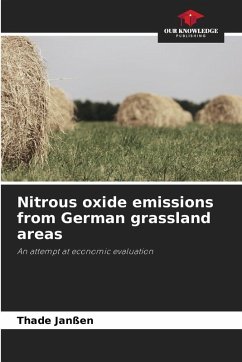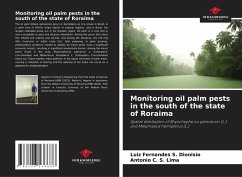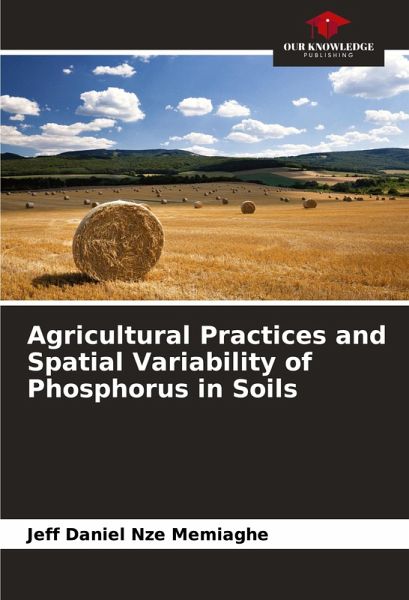
Agricultural Practices and Spatial Variability of Phosphorus in Soils
Versandkostenfrei!
Versandfertig in 6-10 Tagen
56,99 €
inkl. MwSt.

PAYBACK Punkte
28 °P sammeln!
Phosphorus (P) is an important nutrient for plant growth. However, excessive applications of P to agricultural soils increase the loss of this element through runoff, contributing to water eutrophication. It is therefore important to have a better understanding of the spatial variability (SV) of P available to crops, in order to improve the economic use of phosphate fertilizers and the sustainability of the farming enterprise, while reducing P losses. The general objective of this doctoral thesis was to evaluate the SV of available soil P under different agroecosystems [young grassland (JP) vs...
Phosphorus (P) is an important nutrient for plant growth. However, excessive applications of P to agricultural soils increase the loss of this element through runoff, contributing to water eutrophication. It is therefore important to have a better understanding of the spatial variability (SV) of P available to crops, in order to improve the economic use of phosphate fertilizers and the sustainability of the farming enterprise, while reducing P losses. The general objective of this doctoral thesis was to evaluate the SV of available soil P under different agroecosystems [young grassland (JP) vs old grassland (AP) and conventional tillage (CT) vs direct seeding (DS)] using statistical and geostatistical tools for agri-environmental recommendationsa in precision agriculture.





